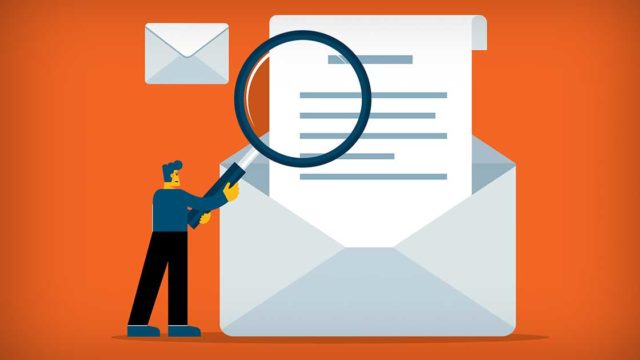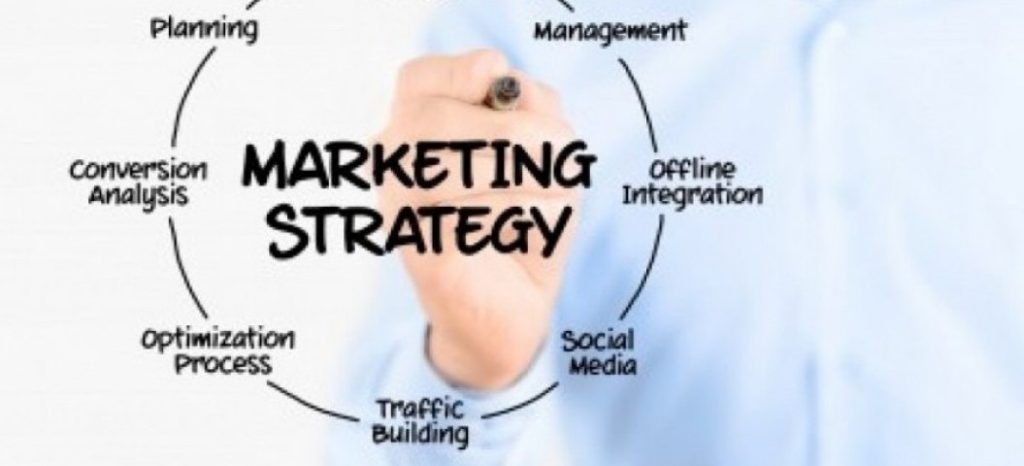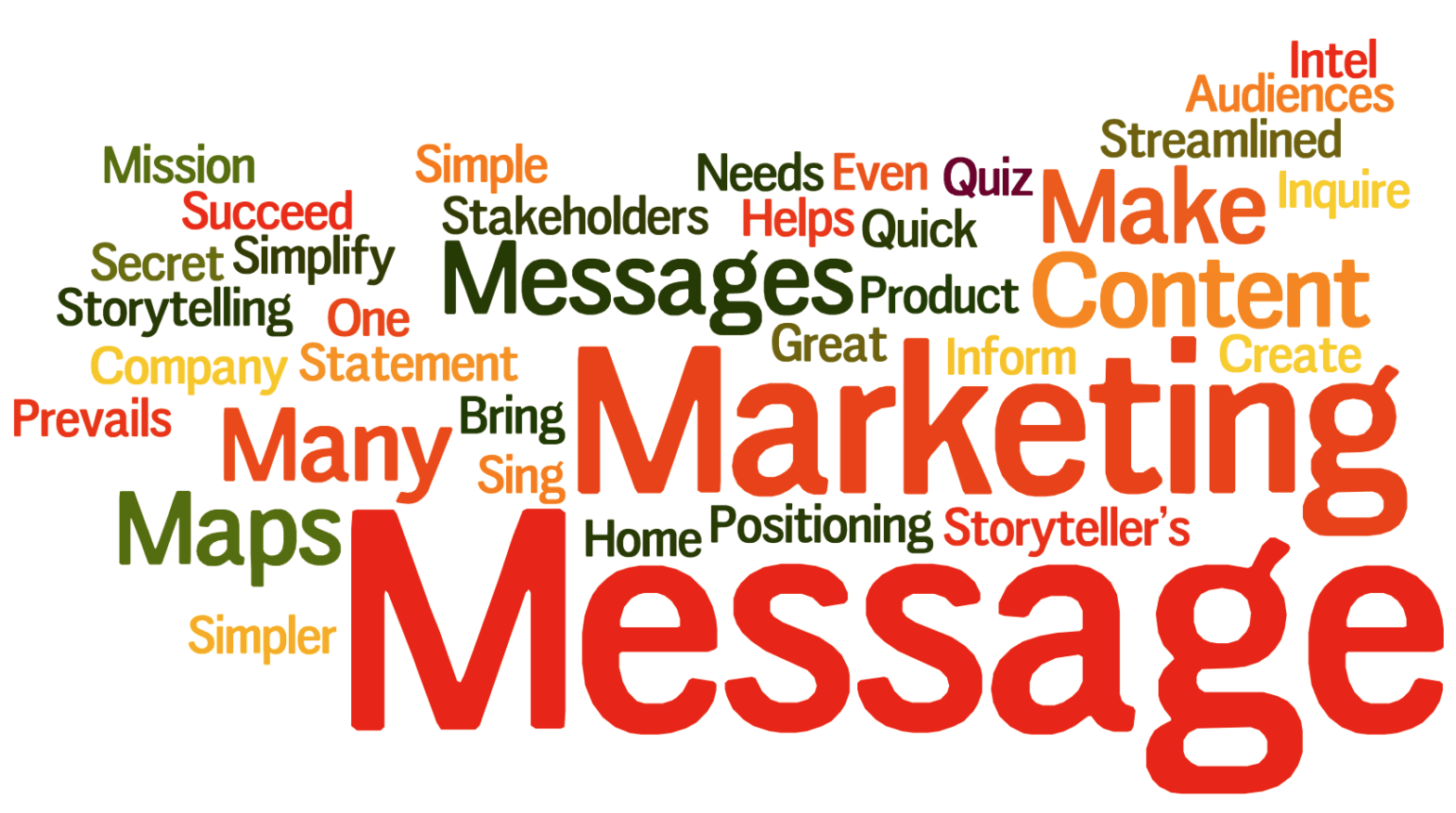Email Marketing Is Still A Viable Demand Generating Tool
In today’s competitive marketplace, attracting customers and fostering loyalty is essential for small businesses. While various marketing tactics exist, email marketing remains a powerful tool, boasting the highest ROI of all channels.
Why Email Marketing Still Works:
- High Return on Investment (ROI): Studies show email marketing delivers $42 back for every dollar invested, significantly outperforming other marketing channels.
- Adaptable and Evolving: As Tom Kulzer, CEO of AWeber, emphasizes, effective email marketing strategies continually adapt, ensuring relevance and engagement.
- Desired by Consumers: Studies indicate email is the preferred communication channel for consumers, making it a crucial tool for reaching your target audience.
Key Findings from the AWeber Report:
- Usage: 66% of surveyed small businesses utilize email marketing to promote their businesses and communicate with customers.
- Effectiveness: 79% acknowledge its importance, but only 60% believe their strategies are truly effective.
- Open Rates: 65% of businesses average open rates between 11% and 50%.
- Click-Through Rates: 77% of businesses average click-through rates between 0% and 10%, indicating room for improvement.
- Frequency: Nearly 40% send emails once a week, while over 30% send them at least once a month.
- List Size: Most businesses have lists under 500 subscribers, with only 7% exceeding 50,000 subscribers.
Expert Insights:
- Mark Asquith recommends starting with weekly emails and testing frequency to optimize performance.
- Ramit Sethi emphasizes the importance of engaging content over email frequency.
- Kath Pay suggests prioritizing a prominent subscription form on your website to grow your list.
Key Takeaways:
- Email marketing offers a high ROI, adaptability, and alignment with consumer preferences.
- Effective strategies require personalization, targeting, and customer-centric content.
- Measure success through open rates, click-through rates, and unsubscribe rates.
- Start with weekly emails and test frequency for optimal results.
- Focus on creating valuable and engaging content.
- Build your subscriber list through prominent website forms.
Conclusion:
Email marketing remains a powerful tool for small businesses to attract customers, build relationships, and drive growth. By implementing effective strategies, leveraging expert advice, and measuring results, you can unlock the full potential of this versatile marketing channel.
Building an effective digital marketing program for your business can be confusing today due to the many available options. Pull out your calendar right now and let’s schedule a time when we can figure out together the ONE BIG THING you should do first to get more prospects aware of your products and services that will convert them to customers as well as start an effective marketing plan to get your brand IN Demand! Sign up for a FREE 30-Minute Discovery Call to audit your current marketing plan for better results.
Oh! When we do talk, you will get our “No Pitching” guarantee. No pitching means we will not try and sell you in any way. If you want MORE after 30 minutes you will have to ask for it! We think that sounds fair, don’t you? Well, after all, that is what we are known for.





